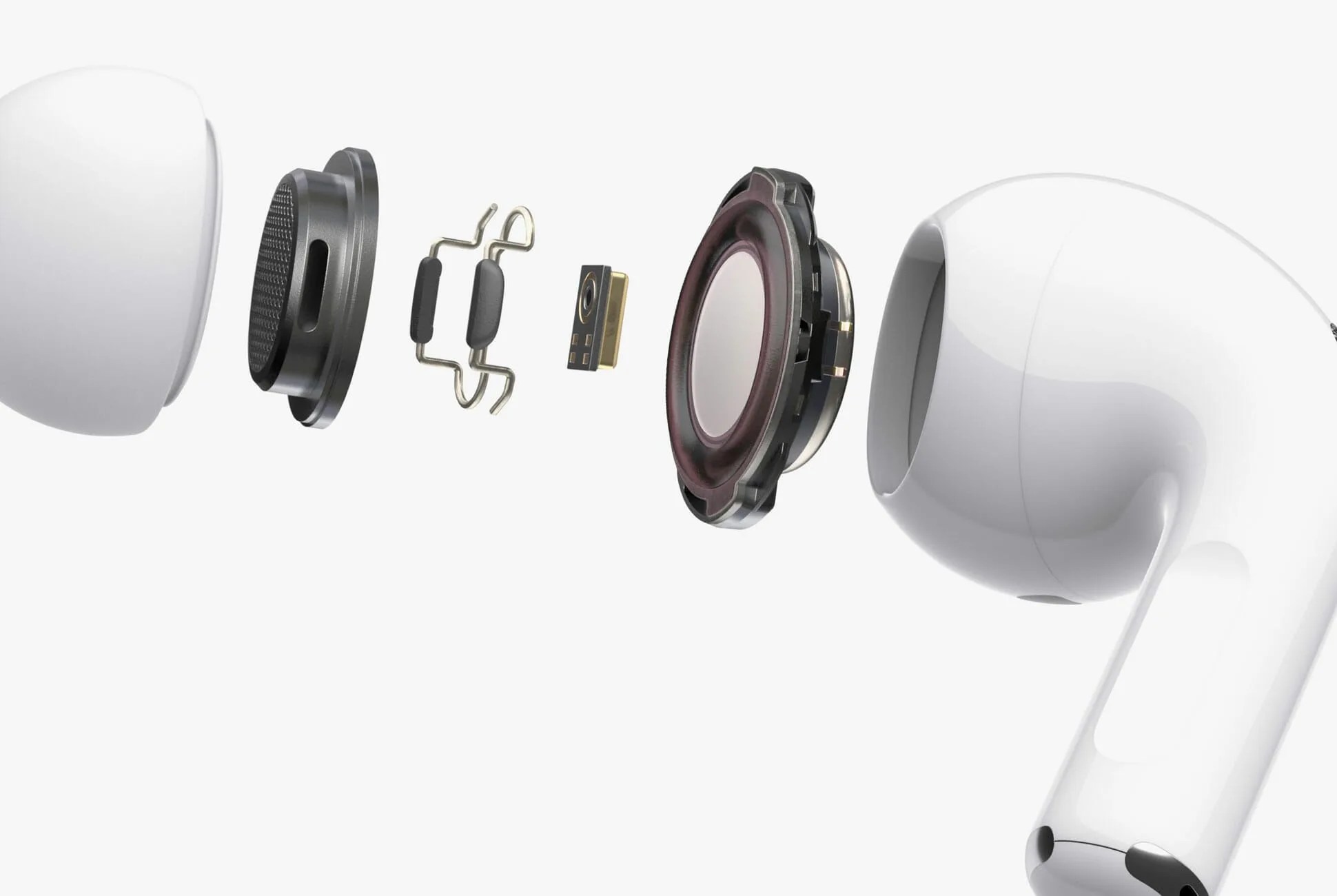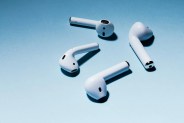It’s been long rumored that Apple is working on its own pair of high-end, over-ear headphones. The company has dived deep into audio as of late, releasing the AirPods, AirPods Pro and the HomePod in the past few years, so it makes sense for Apple and its insanely talented team of audio engineers to tackle over-ear headphones next. True, Apple owns Beats, which makes a number of its own over-ear headphones, but there’s still a huge market of Apple loyalists that don’t want the Beats’s sound (and look). They want something different, a high-end and audiophile experience. And this, Apple is fully capable of giving them.
Now, as all this headphone speculation is still percolating around the rumor mill, we don’t exactly know what Apple’s first pair of over-ear headphones will be like. But we can guess. Here’s what we expect (and want) when Apple does release its over-ear headphones.
The name “StudioPods” makes sense.
There are two lines of thought here. Some people think that these headphones will fall in line with Apple’s other “Pod” audio products, such as EarPods, AirPods, the iPad and the HomePod. It’d make sense, then, that these new headphones would have “Pod” in its name, which is why many people are speculating that they’ll be called “StudioPods.” But Apple has recently doubled down on its “Pro” lineup, and it wouldn’t shock us if these headphones had “Pro” at the end of their name, either.
New sensors will allow them to be worn foward or backward.
Pretty much every pair of headphones you’ve ever worn has had a dedicated left and right side, and you’re likely acutely aware of this fact because of how much time you’ve spent trying to figure out where the little “L” and “R” logos were. Well, you’re not going to have this issue with Apple StudioPods. The latest rumors suggest that they’ll have all-new sensors built into the earcups that’ll automatically if the earcup is on the left or right side of your head, and then they’ll play the appropriate channel. Basically, there’s no way of wearing them backward.
It could have a modular design for interchangeable ear pads and headbands.
As of April 2020, Bloomberg is reporting that Apple’s over-ear headphones will be modular. There will be different kinds of ear pads and headbands that you’ll be able to mix-and-match or upgrade to, and they’ll magnetically connect to the headphones. The idea is that you’ll be able to customize the headphones and use them for different purposes; for example, they’ll be more sweat-resistant components for people who want to exercise with the headphones. This modular design doesn’t feel all that aberrant for Apple, as it’s similar to what it does with the Mac Pro; customers can customize to fit their needs.
Not just ear detection, but neck detection.
AirPods and AirPods Pro both have optical sensors that automatically detect if the earbuds are in your ears. This is what enables them to automatically play and pause when you put them in and take them out of your ears. While it’s unclear if the StudioPods will have this feature — we’re guessing they will — rumors suggest that they’ll have similar sensors in the headband that will be able to detect if you’re resting them on your neck. The result will be that the StudioPods will stay and the music will pause while they’re on your neck.
They almost definitely won’t look like Beats.
Apple and Beats have remained separate up to this point, in terms of design and sound. Obviously, one of the big changes we’ve seen in Beats’s headphones since the Apple acquisition in 2016 has been, other than being sold in Apple Stores, the integrating of the H1 chip (previously the W1 chip) into many of Beats’s headphones and earbuds, which helps them easily pair with any iOS device. Apple’s over-ear headphones will undoubtedly have this H1 chip, too, but they’ll no doubt have a different sound signature. High-end quality and less bass, hopefully.
We hope they have ANC.
Apple first delved into noise-cancellation with the AirPods Pro, but it’s not clear whether its over-ear headphones will have it too. On one hand, noise-canceling using compromises audio quality. On the other hand, it’s a premium feature that consumers want. Our guess (and hope) is that Apple’s over-ear headphones will have an active noise-cancellation mode as well as an ambient mode, so wearers can better hear the world around them.
How they will charge is an open question.
A Lightning charging port is an obvious choice here. AirPods, AirPods Pro, Powerbeats Pro and Powerbeats all charge that way. But it’d be great (and bold) for Apple to have a USB-C charging port, instead. All of Apple’s latest laptops are decked out in USB-C, as are, for the first time, the latest iPad Pros. With Apple focusing on premium headphones, they’d probably want fast charging and that means USB-C is the likeliest guess. Also, most high-end headphones by Sony and Bowers & Wilkins have adapted USB-C as the port of the future, so it only makes sense that Apple’s new headphones will, too.
But they’ll almost certainly be in the premium price range.
These so-called StudioPods will be designed as premium over-ear headphones, and they’ll have a price to reflect that. We’re guessing that Apple will price them a shade more expensive than most popular noise-canceling headphones by Sony, Bose and even Beats, which are all in the $350-range. If it priced the StudioPods, we’re guessing that Apple enthusiasts will still jump out of their chairs to buy them. Easy pairing, great sound, noise cancellation and the fact that they’ll match their current Apple workstation — all these are reasons why costing $400 won’t be an issue.
And just might come in matte black.
Apple has been notoriously stubborn when it comes to colors for its products, but more specifically for its audio products. Its EarPods and AirPods, for starters, are only available in white. And its HomePod is only available in either white or space gray. If we were to guess, we’d say that the StudioPods will be available in either white or space gray, too, as most people will want a color to match their setup. Of course, there’s a good chance that they’ll only come in white, which is true with their other headphones and earbuds. Matte black is another option that makes sense, as most headphones are available in some variant of black, but something tells us that Apple could do things differently.
Keep a lookout for them this year, but with COVID-19, nothing is certain.
With the current global pandemic, this is anybody’s guess. It was originally speculated that Apple was going to release them before the end of 2020, but that might be optimistic at this point.

